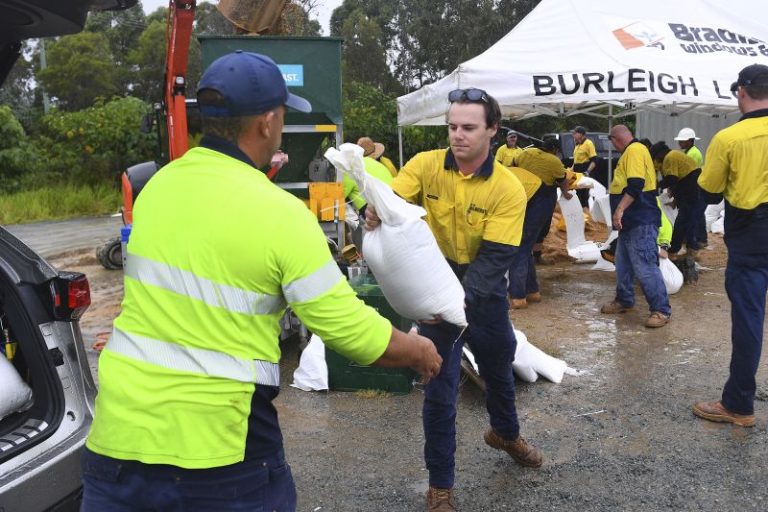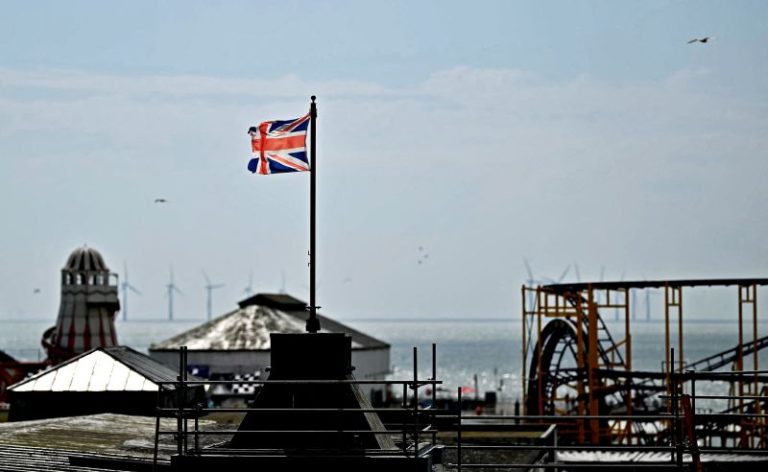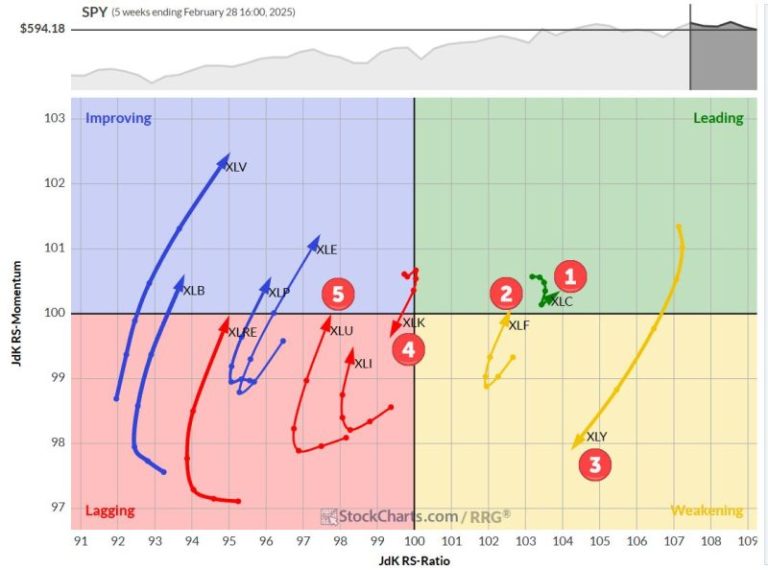US President Donald Trump’s tariffs on Canada and Mexico could severely impact the economies of both countries, potentially slowing down production of certain goods, raising prices on products and sparking fears of a recession, analysts warn.
The US on Tuesday imposed 25% tariffs on imports from both of its neighbors, as well as a 10% tax on Canadian energy.
Though both countries have also warned they will impose reciprocal tariffs that will affect the US economy, Canada and Mexico stand to lose far more because they depend so heavily on America for trade. The US is considered their largest export market.
Last year, Mexico exported roughly $505 billion to the US, roughly 30% of its GDP, while Canada exported over $412 billion, about 20% of its GDP. Meanwhile, US exports to Canada were valued at $349 billion last year – but this represents just over 1% of US GDP. Similarly, it exported roughly $334 billion in goods to Mexico, also only around 1% of its GDP.
Impact on Canada
Canada’s car manufacturing and energy sectors will be among the most affected, said Drew Fagan, a professor at the University of Toronto’s Munk School of Global Affairs and Public Policy.
According to the US Census Bureau, about $185 billion worth of goods in those sectors are imported into the United States from Canada.
Producers could then decide to pass those costs on to consumers, which could lead to inflation, he warned.
“If it’s a 25% tariff, that’s far bigger than profit. So, at a certain point, very quickly, unless you can pass those costs along to consumers, ultimately, it’s not profitable to continue to produce,” he said, warning that a pause in production could also lead to a loss of jobs.
Canada is also considered the single largest supplier of energy to the US. In 2023, it provided approximately 60% of crude oil imports to the US, 85% of electricity imports and 99% of natural gas imports, according to the Canadian government. The value of all three is roughly $100 billion, according to the US Census Bureau, with crude oil accounting for the vast majority of that sum.
If tariffs were to disrupt the energy supply chain, Canada would feel the impact more than the US given that its primary customer is the United States, while the US has more options to choose from.
Canadian Prime Minister Justin Trudeau acknowledged that the trade war would hurt Canadian workers, saying, “This is going to be tough.” Speaking at a press conference Tuesday, he pledged government support for businesses to try to soften the impact.
Impact on Mexico
Like Canada, Mexico’s car manufacturing industry is deeply intertwined with the United States and heavily dependent on American consumers.
The US imported $87 billion worth of motor vehicles and $64 billion worth of vehicle parts from Mexico last year, excluding December, according to the Department of Commerce.
Tariffs would make these products more expensive for US consumers – so much so that Americans could stop buying from Mexico, and that could subsequently affect the Mexican economy, said Jason Marczak, Vice President and Senior Director of the Atlantic Council’s Adrienne Arsht Latin America Center.
Mexican President Claudia Sheinbaum said Tuesday morning that her country would try to seek investments from other nations. “If this issue of tariffs is consolidated, an important evaluation of the geographic diversification of the Mexican economy must be made,” she said.
Marczak said Mexico’s economy is so dependent on the US that it’s hard to find alternative trading partners.
Although Mexico recently reached an agreement with the European Union to diversify its commercial relationships, Marczak said Mexico and the US are still bound by their free trade agreements, making it difficult for Mexico to avoid negative impacts from US tariffs.
How Mexico and Canada could respond
Trudeau said Tuesday that Canada will retaliate with levies of its own. It plans to impose 25% tariffs on C$155 billion worth of US goods over the next month, with C$30 billion coming into effect immediately.
Sheinbaum said her country would also respond with retaliatory tariffs and other non-tariff measures, which she is set to announce on Sunday. She did not provide details.
However, those retaliatory measures will have further negative consequences on all three economies, Marczak pointed out.
Moving forward, both countries will have to consider whether they can stomach these impacts or adjust to meet the demands of Trump.
Trudeau said Tuesday his country would work with Mexico to find new ways to deal with the tariffs.










